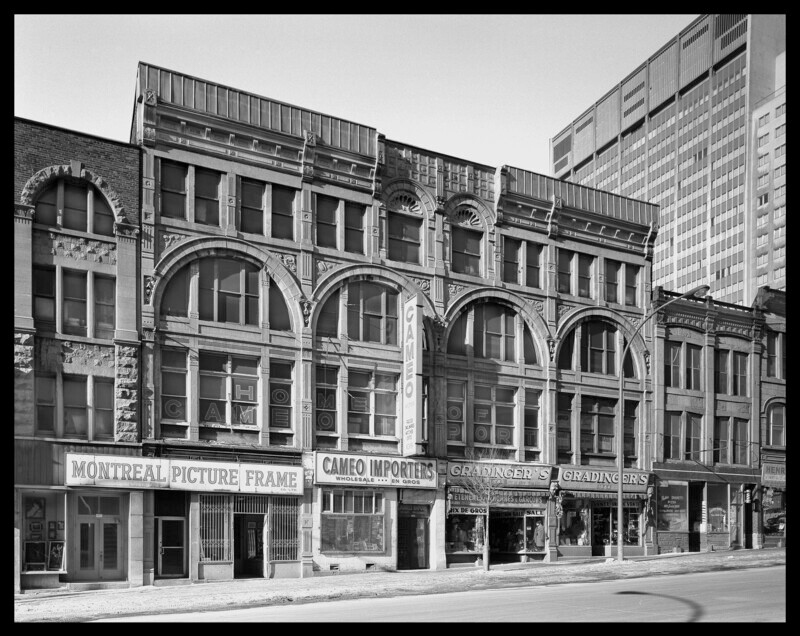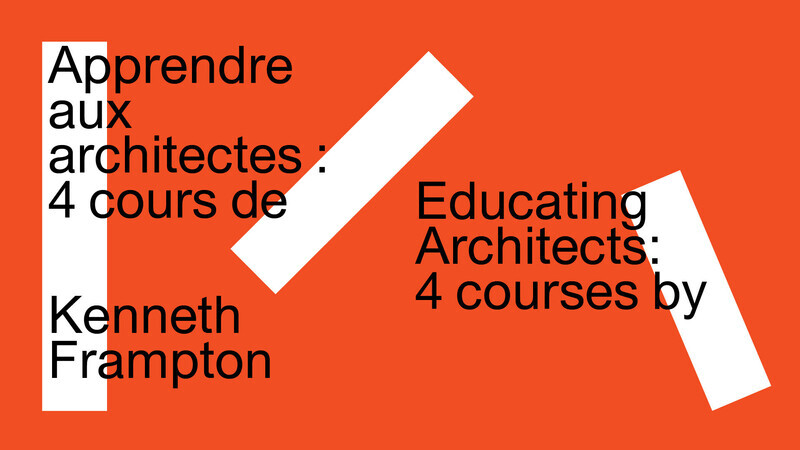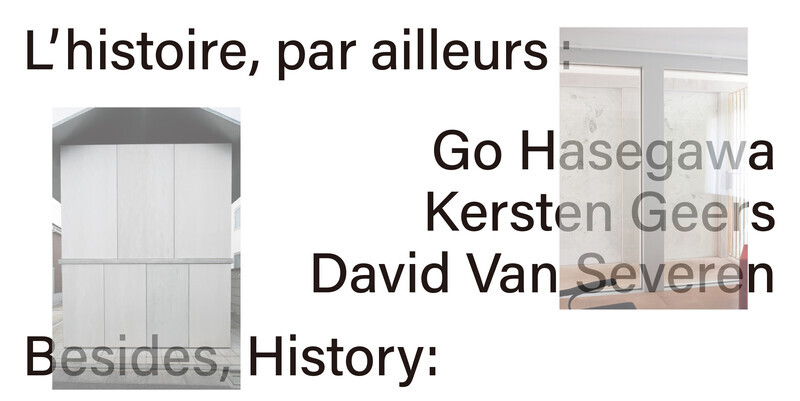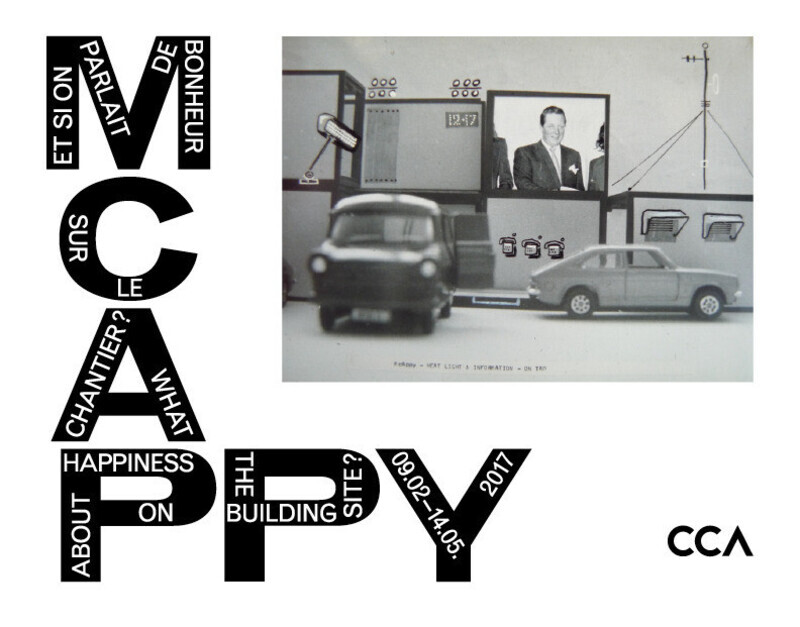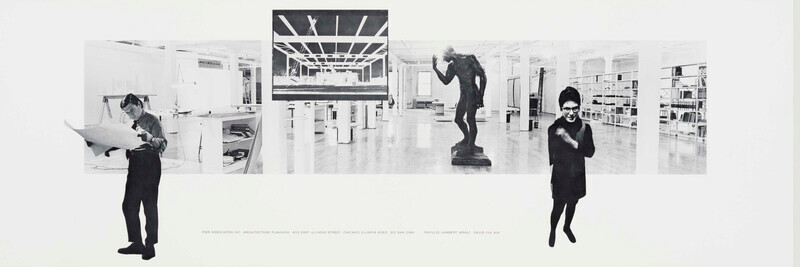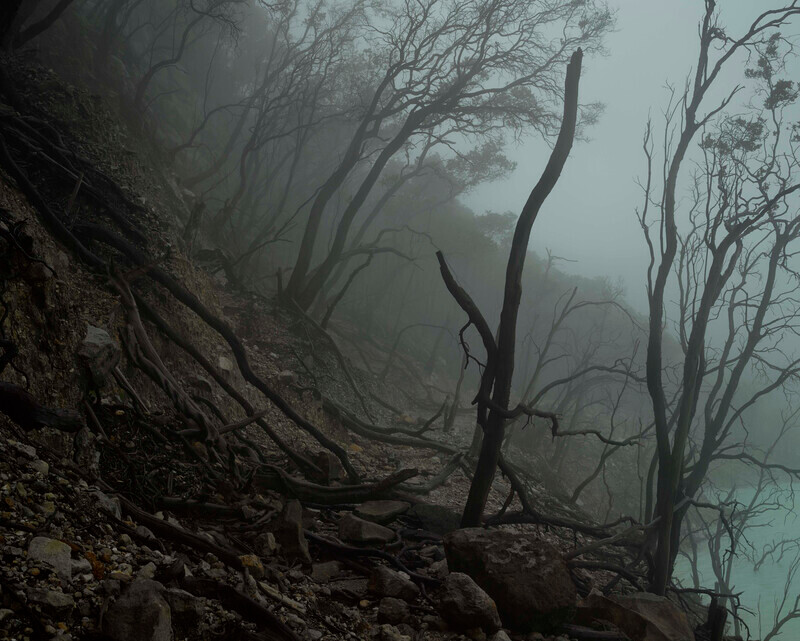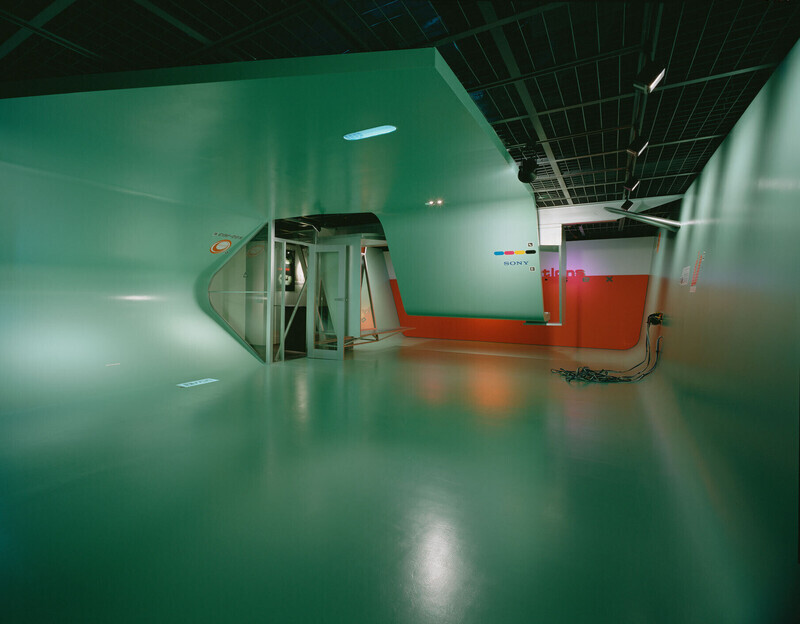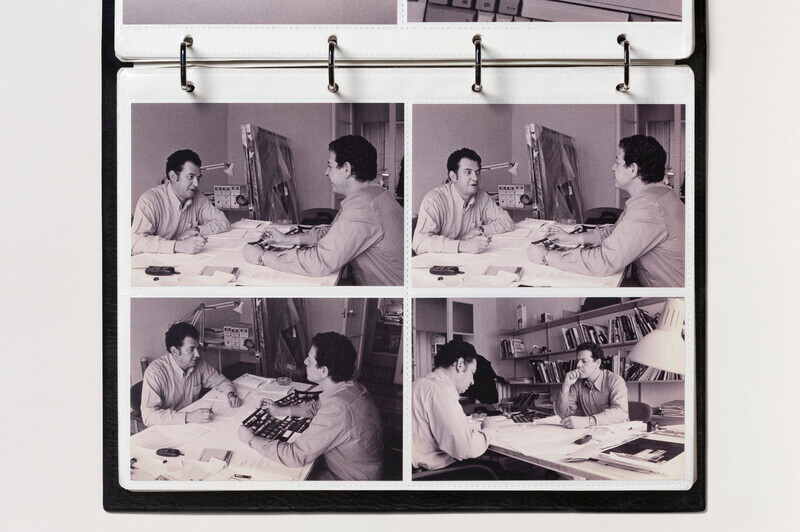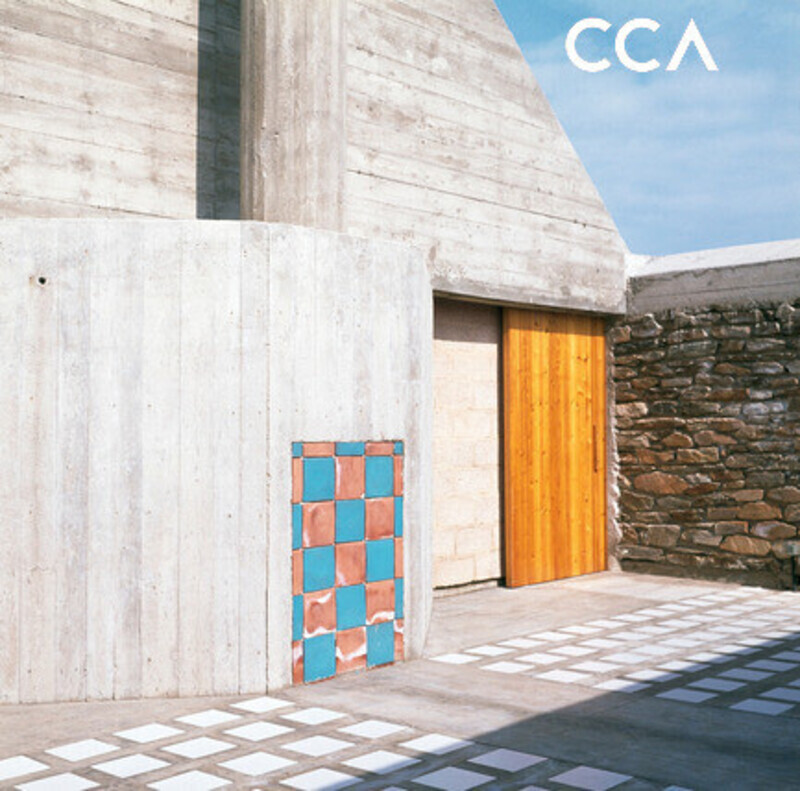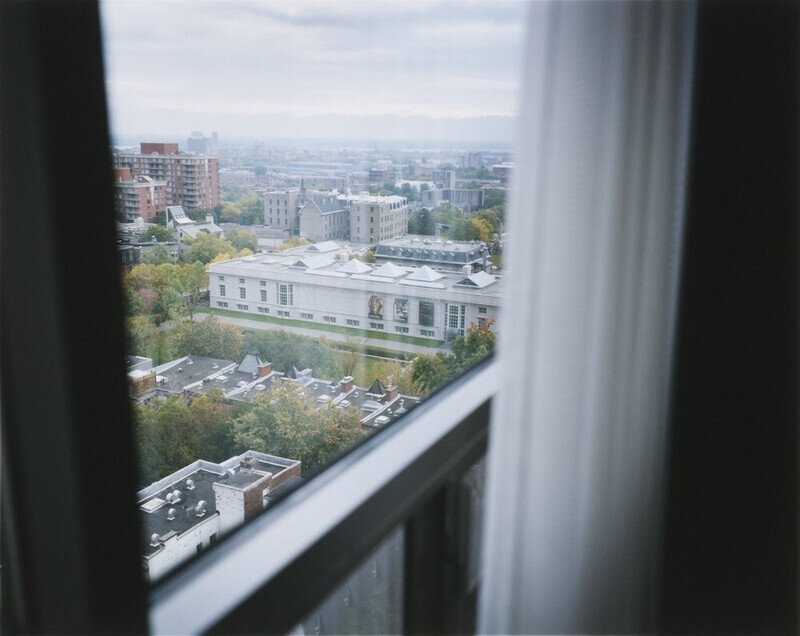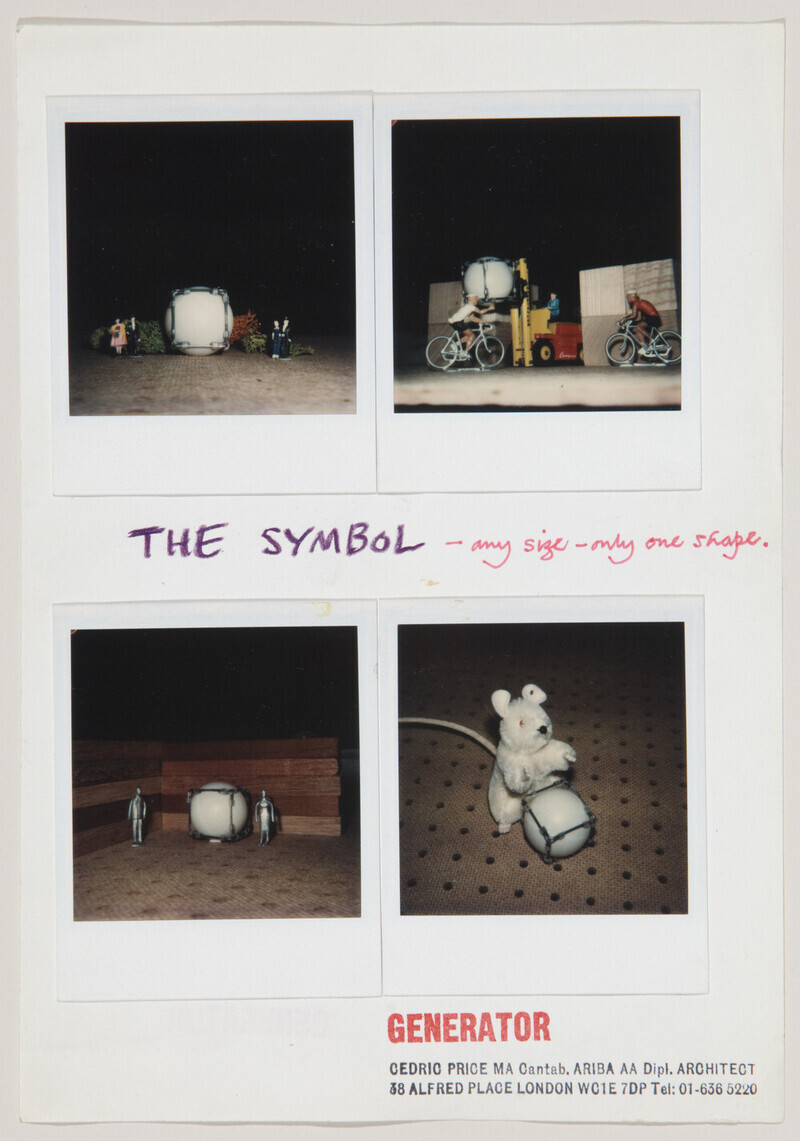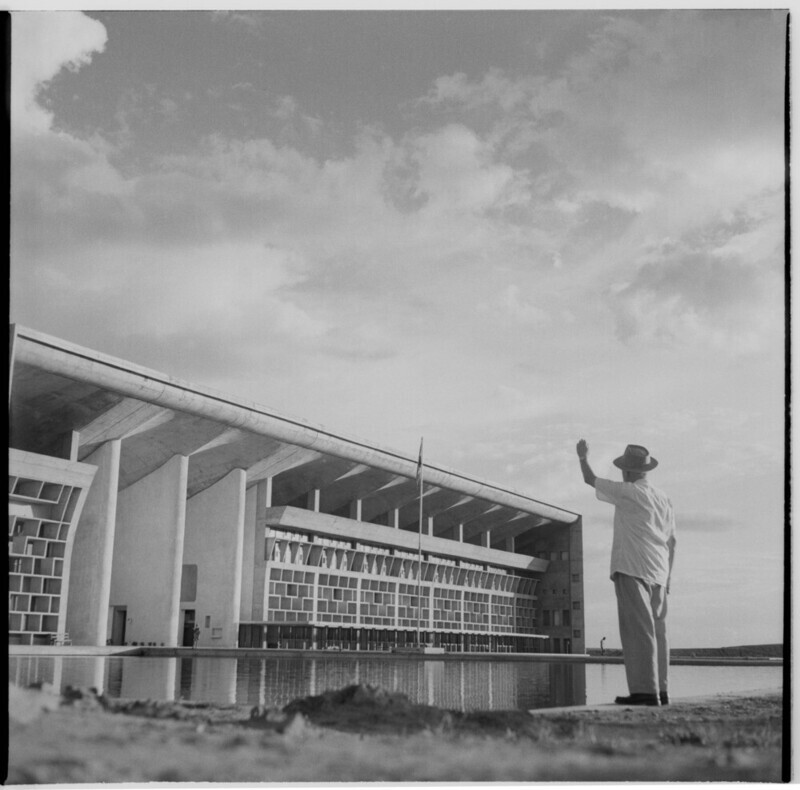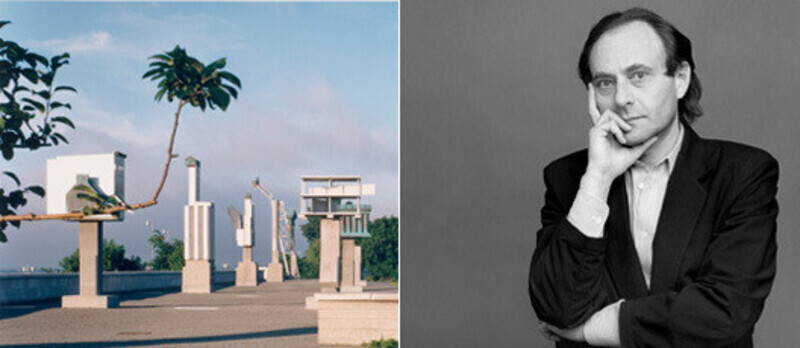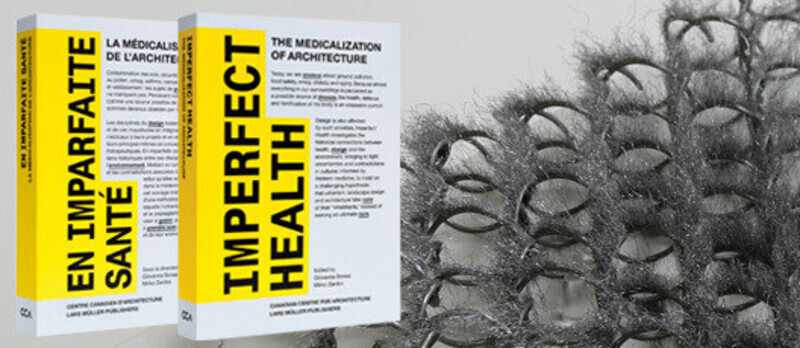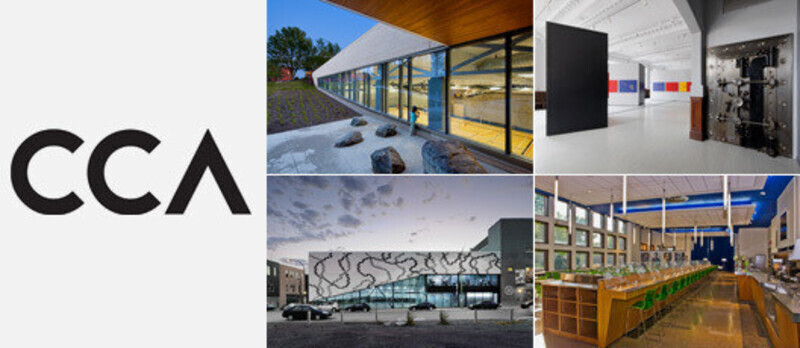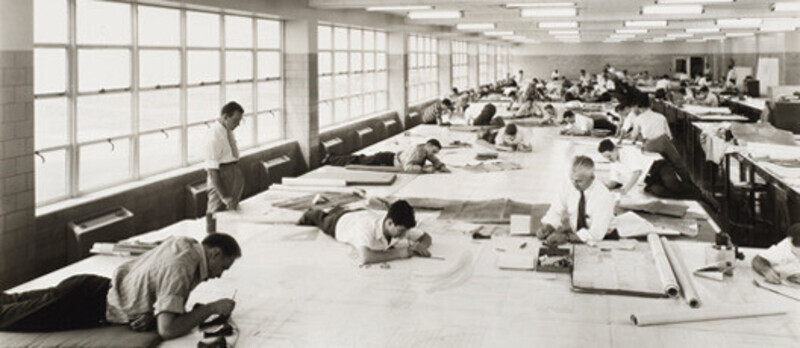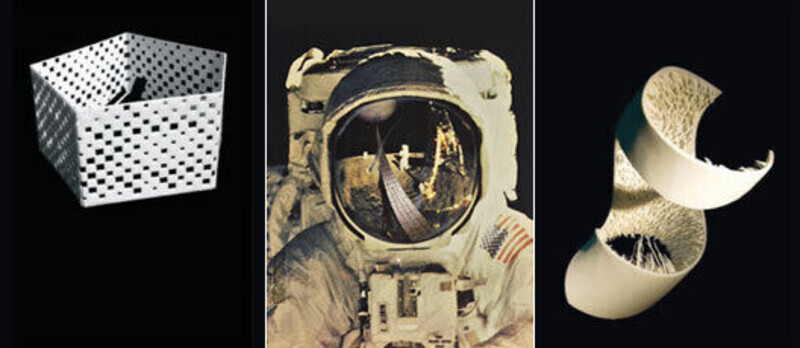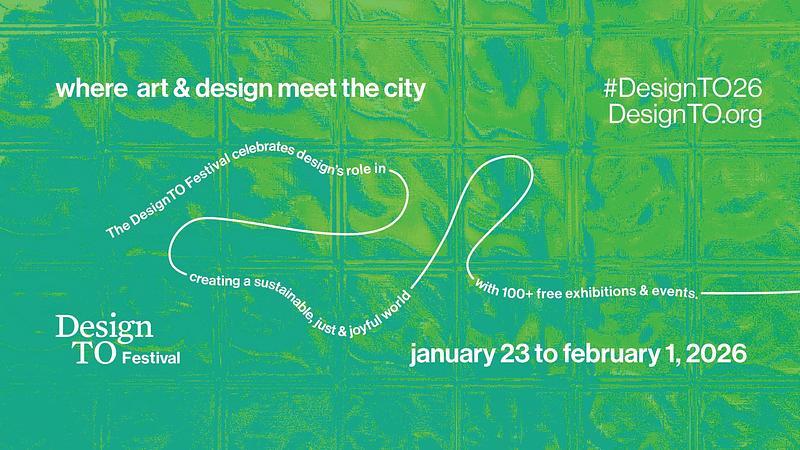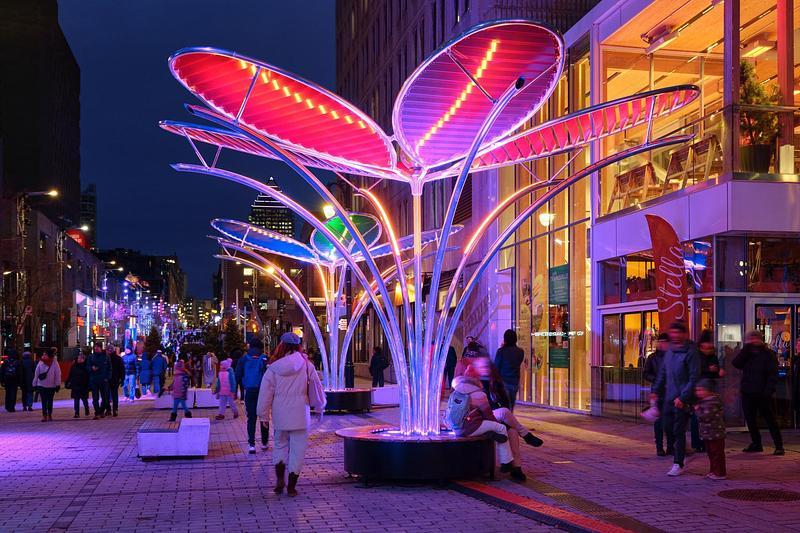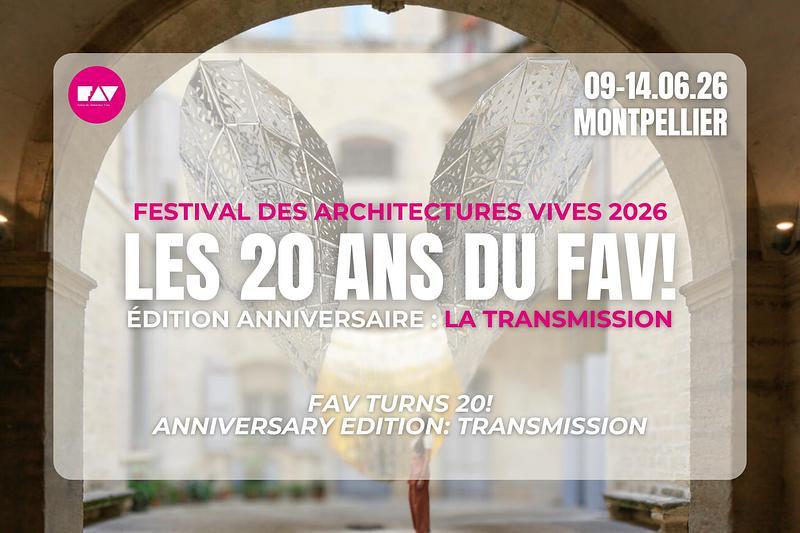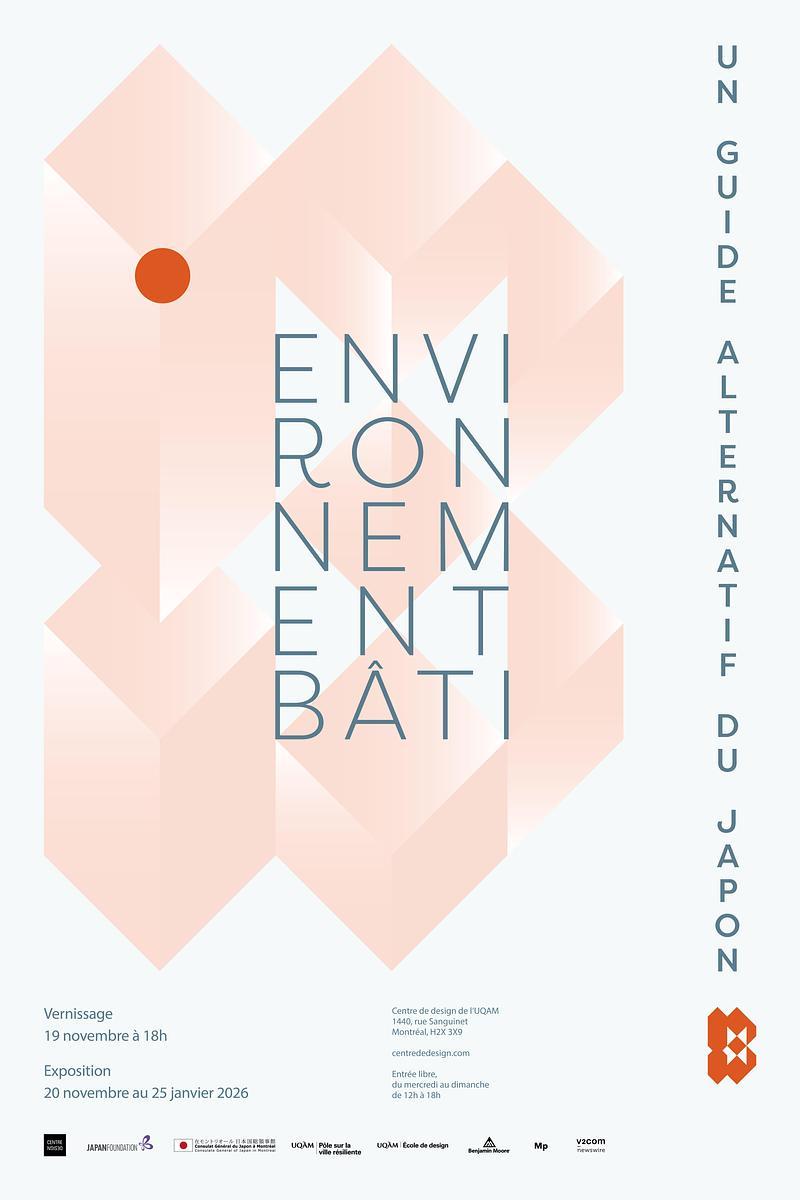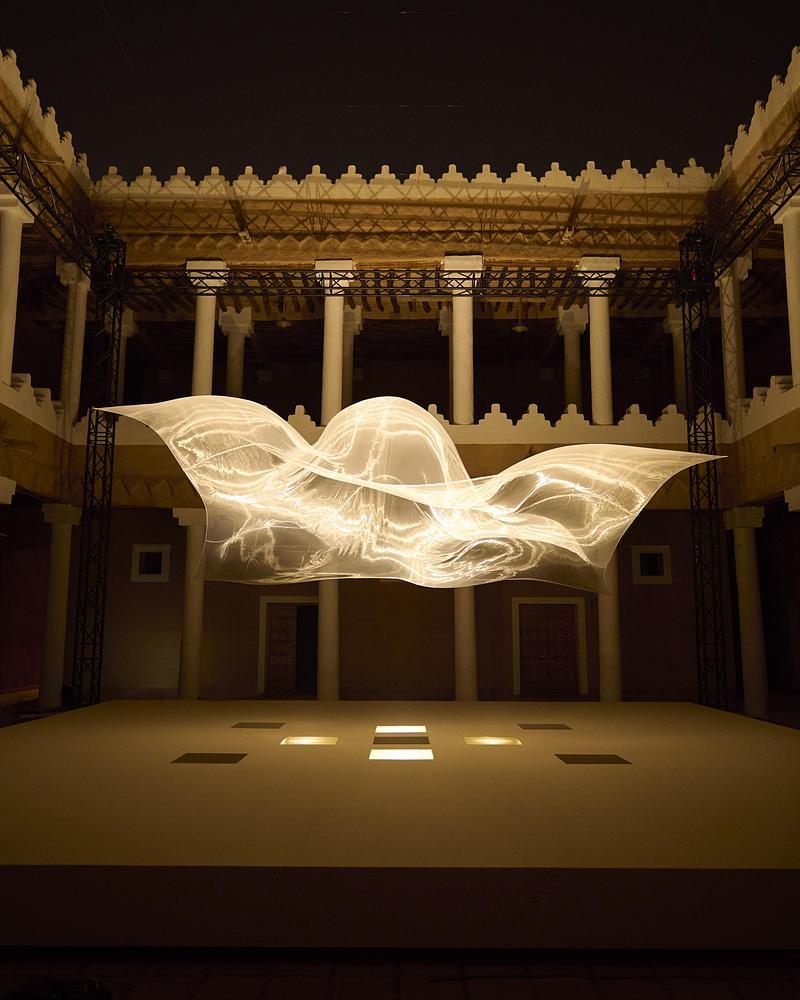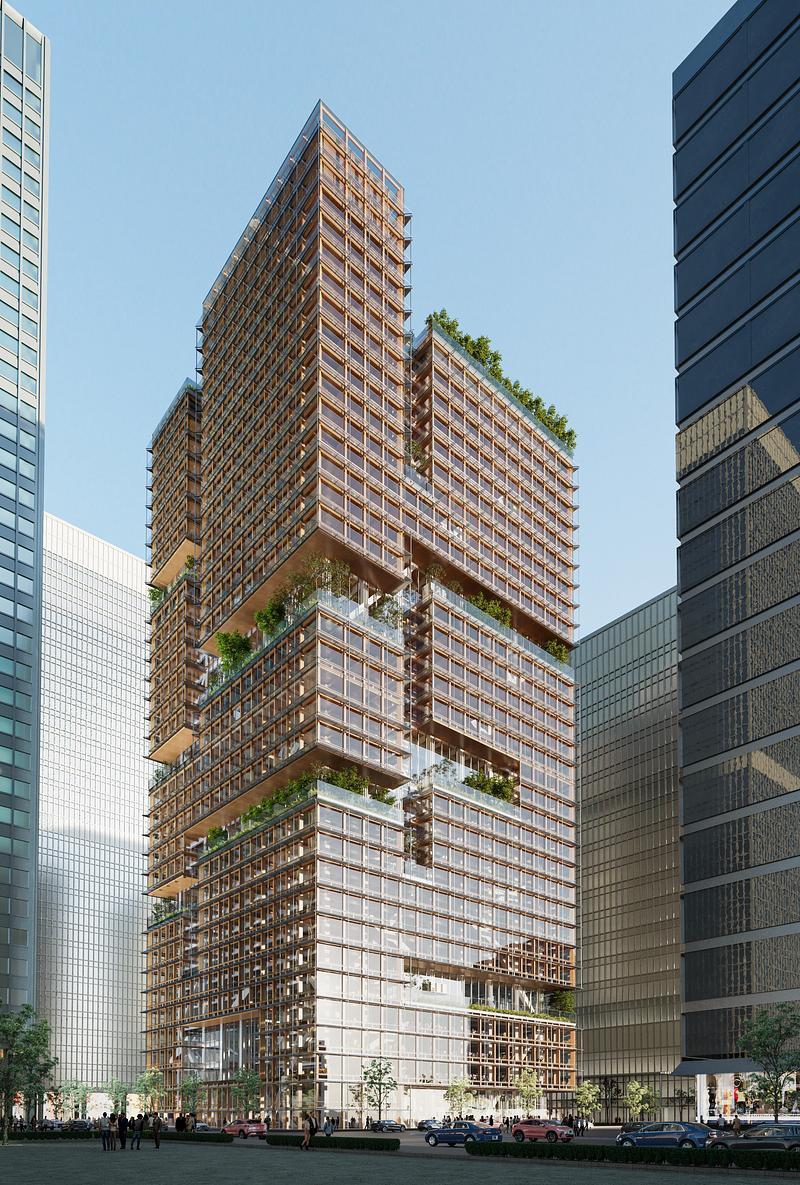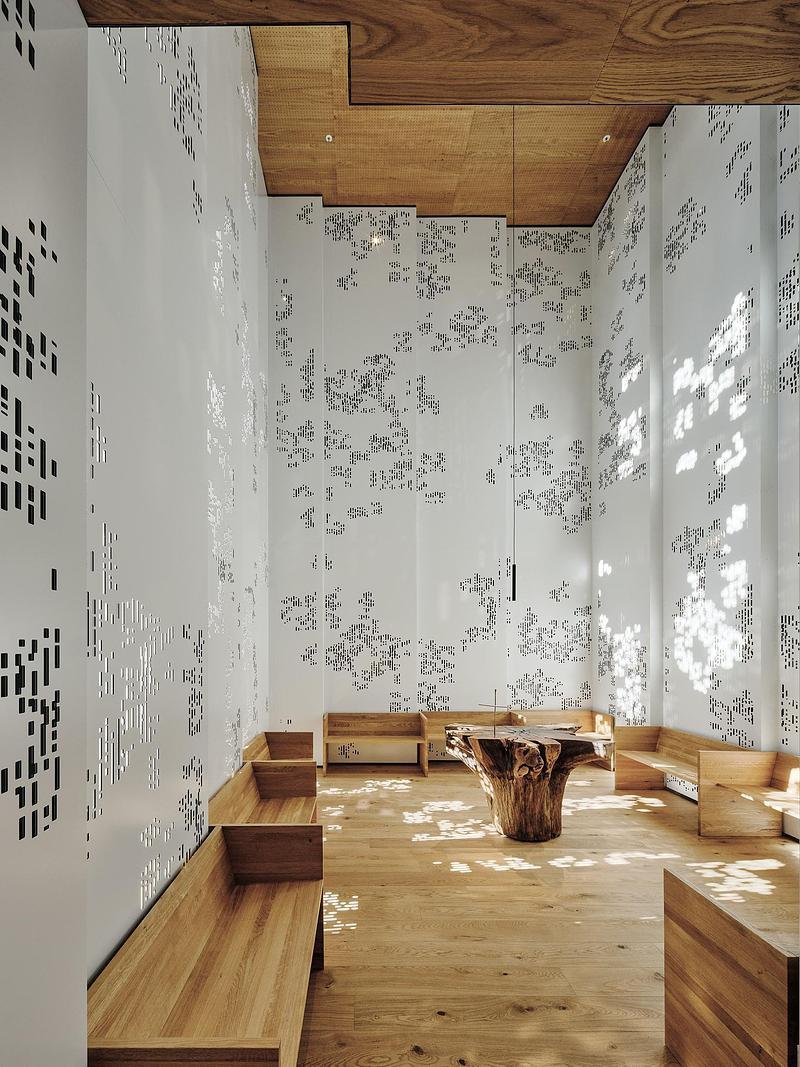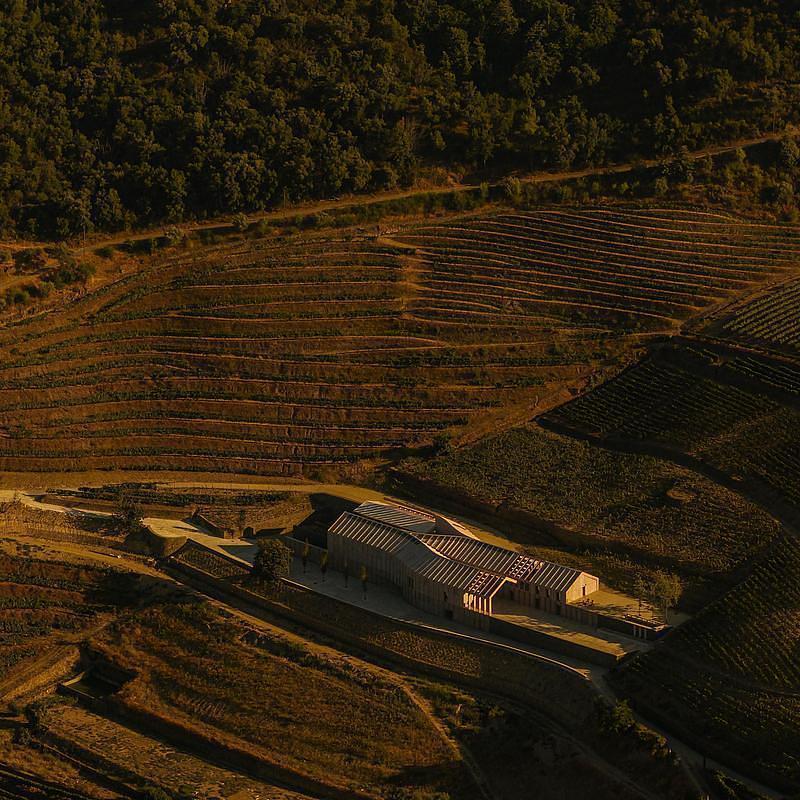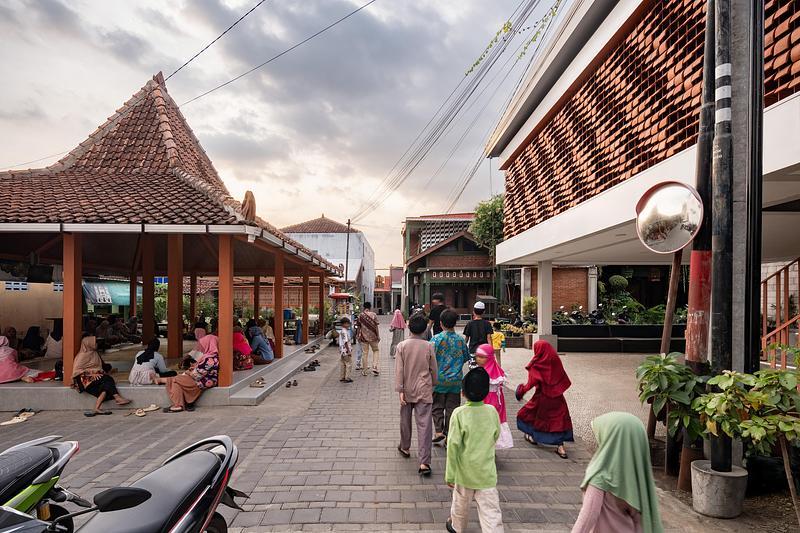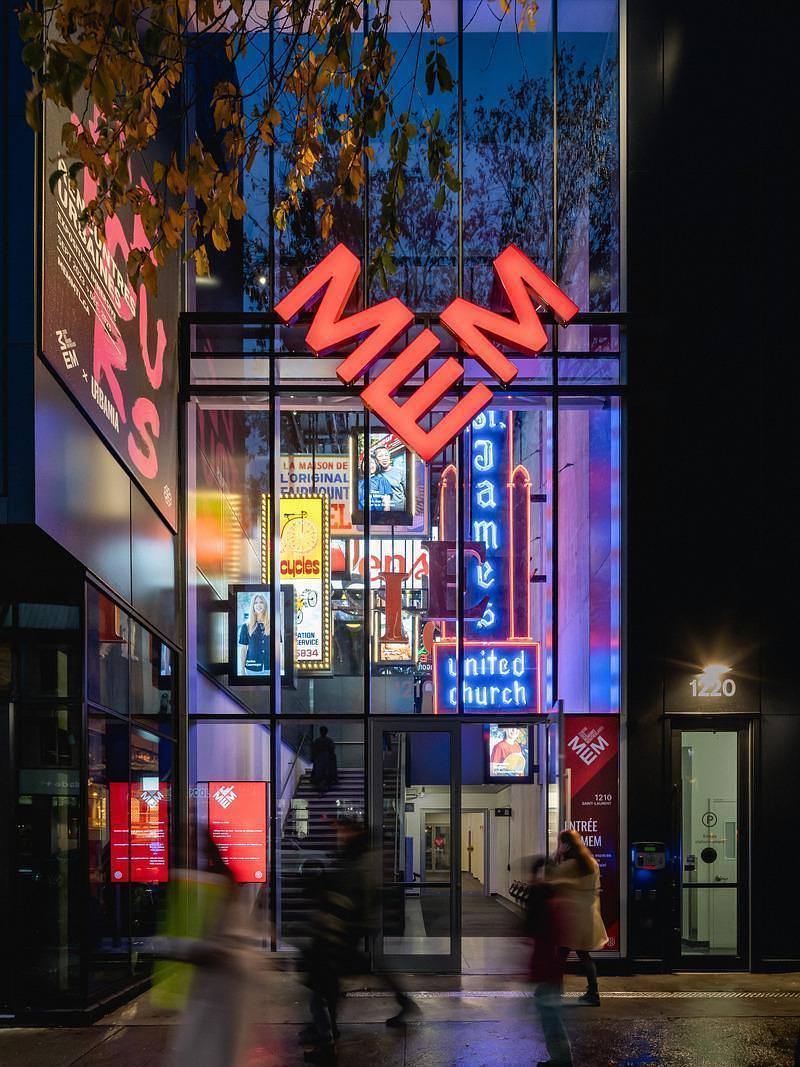
Press Kit | no. 756-11
"The Other Architect"
Canadian Centre for Architecture (CCA)
The exhibition pushes beyond traditional architectural practice to develop architecture as a field of energetic, critical, and radical research addressing the urgent issues of our time.
The Canadian Centre for Architecture (CCA) presents The Other Architect, an exhibition that emphasizes architecture’s potential to identify the urgent issues of our time. On display are twenty-three case studies dating from the 1960s to today that illustrate how international and often multidisciplinary groups invented and adopted new methods outside of traditional design practices. The Other Architect is on view in the CCA’s main galleries from 28 October 2015 through 10 April 2016.
The various groups sought to expand the role and responsibility of architects in society by working outside of traditional design practices and pursuing collaborative strategies, new tools and experimental attitudes. Their ingenuity showed the ability of architecture to shape the contemporary cultural agenda, a lesson that remains critically relevant today.
CCA Director Mirko Zardini stated, “Some of CCA’s past exhibitions have demonstrated that architecture and urban design are too important to be left to architects. This new exhibition presents architecture as more than building – architecture as the production of ideas. These ideas can contribute to changing the world.”
The Other Architect is organized by CCA’s Chief Curator Giovanna Borasi and presents architects whose work challenged the concept of individual authorship in favor of establishing networks and partnerships with permeable roles. These include AD/AA/Polyark, AMO, Anyone Corporation, Architects Revolutionary Council (ARC), Architectural Detective Agency (ADA), Architecture Machine Group (AMG), Art Net, Atelier de recherche et d’action urbaines (ARAU), Center for Urban Pedagogy (CUP), CIRCO, Corridart, Delos Symposion, Design-A-Thon, Forensic Architecture, Global Tools, Institute for Architecture and Urban Studies (IAUS), International Laboratory of Architecture and Urban Design (ILAUD), Lightweight Enclosures Unit (LEU), Multiplicity, Kommunen in der Neuen Welt, Pidgeon Audio Visual (PAV), Take Part, and Urban Innovations Group (UIG).
“To find another way of building architecture, we have to be willing to broaden our understanding of what architecture is and what architects can do,” said exhibition curator Giovanna Borasi. “The groups represented in The Other Architect remind us that architecture has to do more than just resolve a given set of problems – it has to establish what requires attention today.”
The Other Architect, like the case studies it examines, is a research project, concerned in its own way with contributing to a new reflection on the role of the architect, and inspiring and proposing unexpected ways of practicing architecture today. It is a way of responding to the question of how we can position architecture as an original site for the production of ideas.
EXHIBITION
Beginning in the 1960s, it is possible to identify a range of experiences that pushed beyond the established domains of academia and the usual dynamics of editorial and institutional activities to develop architecture as a field of energetic, critical, and radical intellectual research.
The Other Architect shows 700 documents that illustrate their ways of thinking and working.
These alternative working methods and strategies manifested in a range of forms including letters, books, drawings, photographs, budgets, tactics for accessing resources, videos, mission statements and manifestos, surveys, posters, meeting minutes and organizational schemes, T-shirts, questionnaires, boats, and buses. The archival documents on display reveal how architects constructed a cultural agenda without the intervention of built form. Tracing the development of these unusual creative processes allows us to consider how these different ways of defining architecture can be applied today.
The materials are organized in thematic galleries that identify shared interests and methodologies of the groups. These themes are: “The experimental mix,” “The unexplored role,” “The tangential research topic,” “The intelligent tool,” and “The chosen mode and format”. However, many alternate connections can be identified among the groups in regards to the formats or tools they used or the approaches they shared – even the appearance of the same protagonists in different contexts. The exhibition focuses primarily on the early years of production of the different groups, considering their energetic founding periods which most clearly express the purpose, priorities, and motivating forces of their founders.
These case studies are only a selection from what could be a much larger manual of alternatives. It is by imagining the possibility of a more articulate way of understanding architecture and reflecting on what architecture can be that a wider field with more potential for action emerges.
CURATOR
Giovanna Borasi joined the CCA as Curator for Contemporary Architecture in 2005 and became Chief Curator in 2014. Her exhibitions and related books shape contemporary discussion in architecture with a particular attention to alternative ways of practicing and evaluating architecture, and how environmental, political and social issues are influencing today’s urbanism and built environment: Journeys: How Travelling Fruit, Ideas and Buildings Rearrange our Environment (2010) which examined how migration transforms the physical environment in an increasingly mobile world; Some Ideas on Living in London and Tokyo by Stephen Taylor and Ryue Nishizawa (2008); and Environment: Approaches for Tomorrow (2006) on the work of Gilles Clément and Philippe Rahm. She co-curated, with Director Mirko Zardini, the exhibitions Imperfect Health: The Medicalization of Architecture (2011); Other Space Odysseys (2010) featuring the work of architects Greg Lynn, Michael Maltzan, and Alessandro Poli (Superstudio); Actions: What You Can Do With the City (2008); and 1973: Sorry, Out of Gas (2007).
Educated in architecture, Borasi initiated her career as editor and writer for Lotus International (1998–2005) and Lotus Navigator (2000–2004), and served as assistant editor for the book series Quaderni di Lotus (1999). She was a member of the editorial staff of the graphic design magazine Lettera (2000), a supplement to the magazine Abitare, and recently was Deputy Editor in Chief for Abitare (2011– 2013). She has written widely on contemporary architecture, has served on international juries, and is a regular speaker at symposia and conferences.
The curatorial team for The Other Architect is composed of Gregory Barton, Lev Bratishenko, Rebecca Taylor, and Alice Haddad. The research team is composed of Gregory Barton, Lev Bratishenko, Alice Haddad, Josephine Minhinnett, Rebecca Taylor with Kayoko Ota and Jin Motohashi (Architectural Detective Agency), Maggie Tsang (Design-A-Thon), Florencia Alvarez (Pidgeon Audio Visual), Konstantinos Pantazis and Marianne Rentzou (Delos Symposion).
EXHIBITION DESIGN
The material is displayed mainly on the horizontal surfaces of a series of large tables which invite the visitors to sit and read the documents similar to a working table in an architectural office. The walls carry large reproductions of some of the key documents illustrating characteristics of the groups.
The exhibition graphics are designed by COCCU Christian Lange (Munich). Lange has a Master of Arts in Design from Zurich University of the Arts, Zurich and has given workshops and lectures at the Leipzig book fair, the Academy of Fine Arts, Munich, and the University of Applied Sciences, Munich. In 2014 he won Bronze at the Best Book Design from all over the World competition and in 2013 the award for the Best German Book Design.
The CCA curatorial team worked with MOS Architects (New York) who conceived the installation and designed the display furniture. MOS principals Hilary Sample and Michael Meredith received the 2015 Cooper Hewitt National Design Award in Architecture. Their recent projects include the studios at Krabbesholm Art, Architecture, and Design School in Skive, Denmark; House No. 11 (Corridor House) at the 2015 Chicago Architecture Biennial; the modular Element House designed for off-the-grid living; a Community Center in Kathmandu, Nepal; among other built and conceptual projects. Their practice is characterized by a playful approach to research and independent exploration of materials and methods.
PUBLICATION
The Other Architect is also a book, edited by Giovanna Borasi, that presents each case study through a selection of documents, over 300 colour facsimiles in total. These represent the traces these groups left in letters, books, drawings, photographs, budgets, videos, mission statements, meeting minutes, T-shirts, boats, and buses. Encountering the plans and ideas of these groups in their own words, and seeing how the structure of some documents becomes another tool for shaping their practice, offers further perspectives on The Other Architect.
Historical documents are contextualized with short contributions by Florencia Alvarez, Pep Avilés, Greg Barton, Samuel Dodd, Isabelle Doucet, Ole W. Fischer, Anna Foppiano, Kim Förster, Owen Hatherley, Larissa Harris, Alison B. Hirsch, Douglas Moffat, Whitney Moon, Pierluigi Nicolin, Kayoko Ota, Panayiota Pyla, Angela Rui, Deane Simpson, Johanne Sloan, Molly Wright Steenson, Rebecca Taylor, and Mirko Zardini, who place each case study in a relevant setting, introduce the main protagonists, and identify their goals and obsessions.
The 416-page book is a co-publication with Spector Books, Leipzig. It was designed by Jonathan Hares (Lausanne, London).
ABOUT THE CCA
The CCA is an international research centre and museum founded in 1979 on the conviction that architecture is a public concern. The institution is a leading voice in advancing knowledge, promoting public understanding, and widening thought and debate on architecture, its history, theory, practice and role in society today.
For more information
Media contact
-
Canadian Centre for Architecture
-
Isabelle Huiban, Head of Press Relations
- ihuiban@cca.qc.ca
-
514 939-7001 ext. 2607
Attachments
Terms and conditions
For immediate release
All photos must be published with proper credit. Please reference v2com as the source whenever possible. We always appreciate receiving PDF copies of your articles.
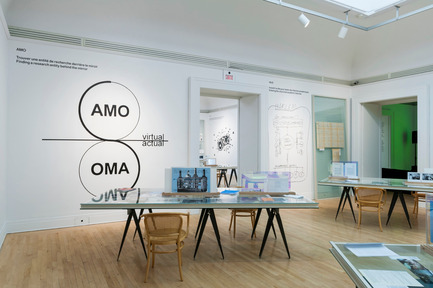
High-resolution image : 14.19 x 9.44 @ 300dpi ~ 35 MB
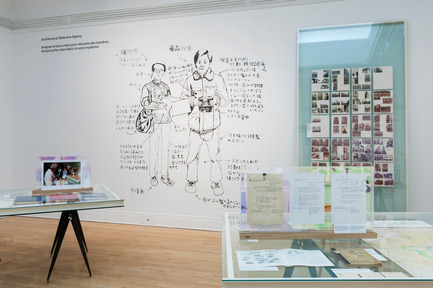
High-resolution image : 14.03 x 9.33 @ 300dpi ~ 34 MB
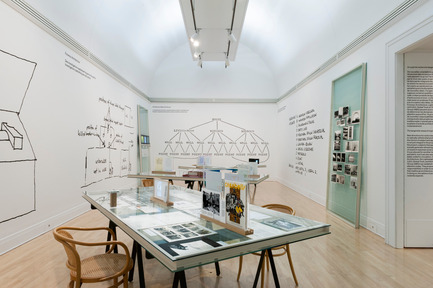
High-resolution image : 14.19 x 9.44 @ 300dpi ~ 35 MB
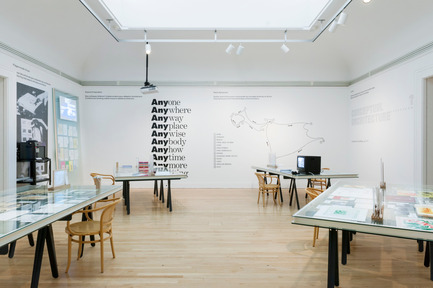
High-resolution image : 14.19 x 9.44 @ 300dpi ~ 35 MB
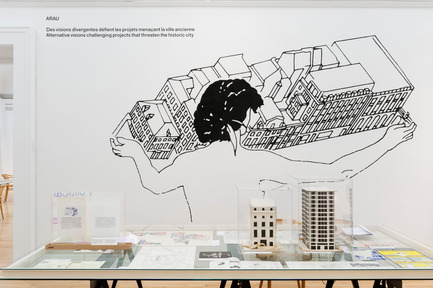
High-resolution image : 14.19 x 9.44 @ 300dpi ~ 35 MB

Nazareno Noia, and Franco Raggi at the first Body group workshop, “The
body and constraints,” held in Milan in June 1975.
Global Tools. From Casabella, no. 411, 1976.
Very High-resolution image : 14.72 x 19.15 @ 300dpi ~ 11 MB
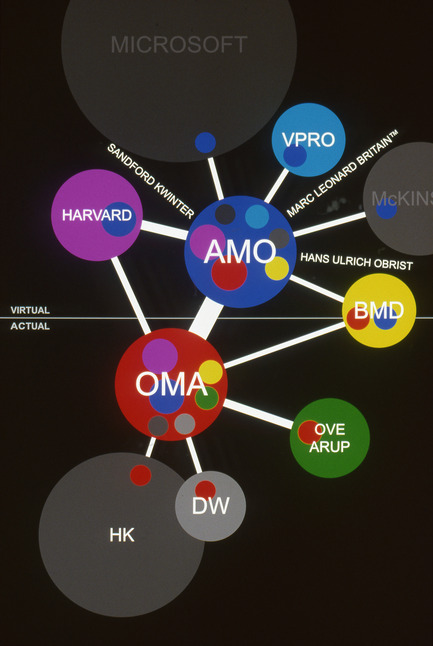
relationships within real and virtual spheres. 2001. AMO.
Very High-resolution image : 13.4 x 20.0 @ 300dpi ~ 4.1 MB
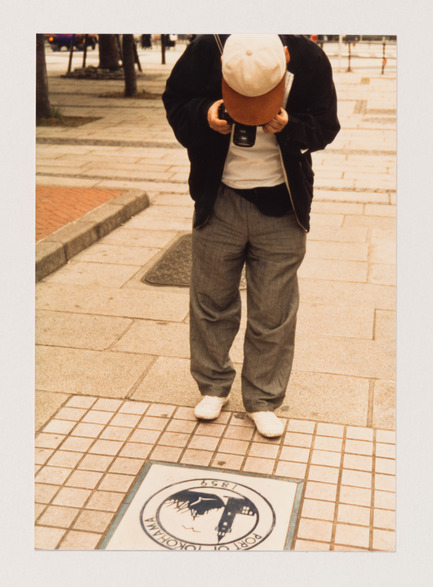
Very High-resolution image : 14.08 x 19.08 @ 300dpi ~ 3.4 MB
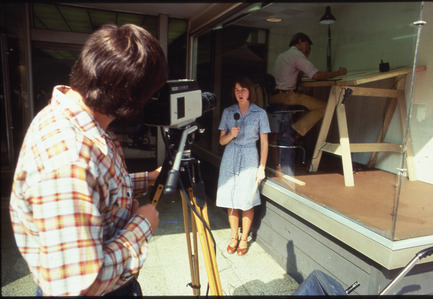
window of the Riverdesign Dayton storefront office. 1976
Design-A-Thon. Centerbrook Architects and Planners Records.
Manuscripts and Archives, Yale University Library.
Medium-resolution image : 5.37 x 3.71 @ 300dpi ~ 390 KB
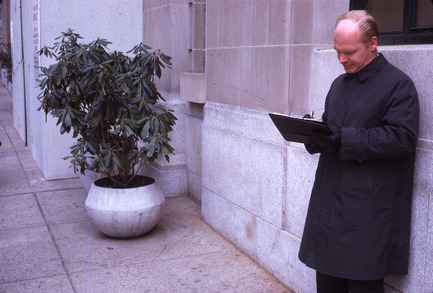
during the city walk. 1971. Take Part. Lawrence Halprin Collection, The
Architectural Archives, University of Pennsylvania.
Medium-resolution image : 10.52 x 7.13 @ 300dpi ~ 2 MB
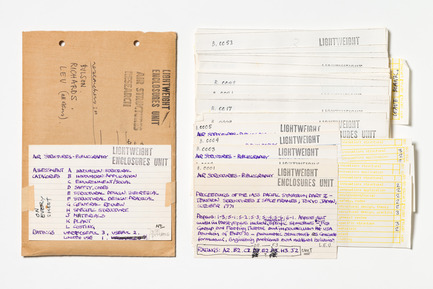
rating each publication according to its usefulness. c. 1972é. Lightweight
Enclosures Unit Cedric Price fonds, CCA.
Very High-resolution image : 24.53 x 16.37 @ 300dpi ~ 5.2 MB
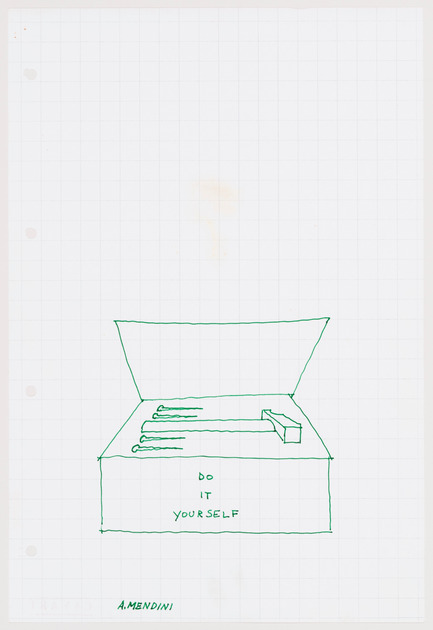
at the Sambuca Seminar. 2 November 1974. Global Tools.
Archivio Piero Brombin e Valerio Tridenti
Very High-resolution image : 15.89 x 23.12 @ 300dpi ~ 21 MB
